I would like wrap long text in my kable table. Here is a simple example of a table with column text that is too long and needs to be wrapped for the table to fit on the page.
---
title: "test"
output: pdf_document
---
```{r setup, include=FALSE}
library(knitr)
```
This is my test
```{r test, echo=FALSE}
test <- data.frame(v1=c("This is a long string. This is a long string. This is a long string. This is a long string. This is a long string.",
"This is a another long string. This is a another long string. This is a another long string. This is a another long string. This is a another long string."),
v2=c(1, 2))
kable(test)
```
